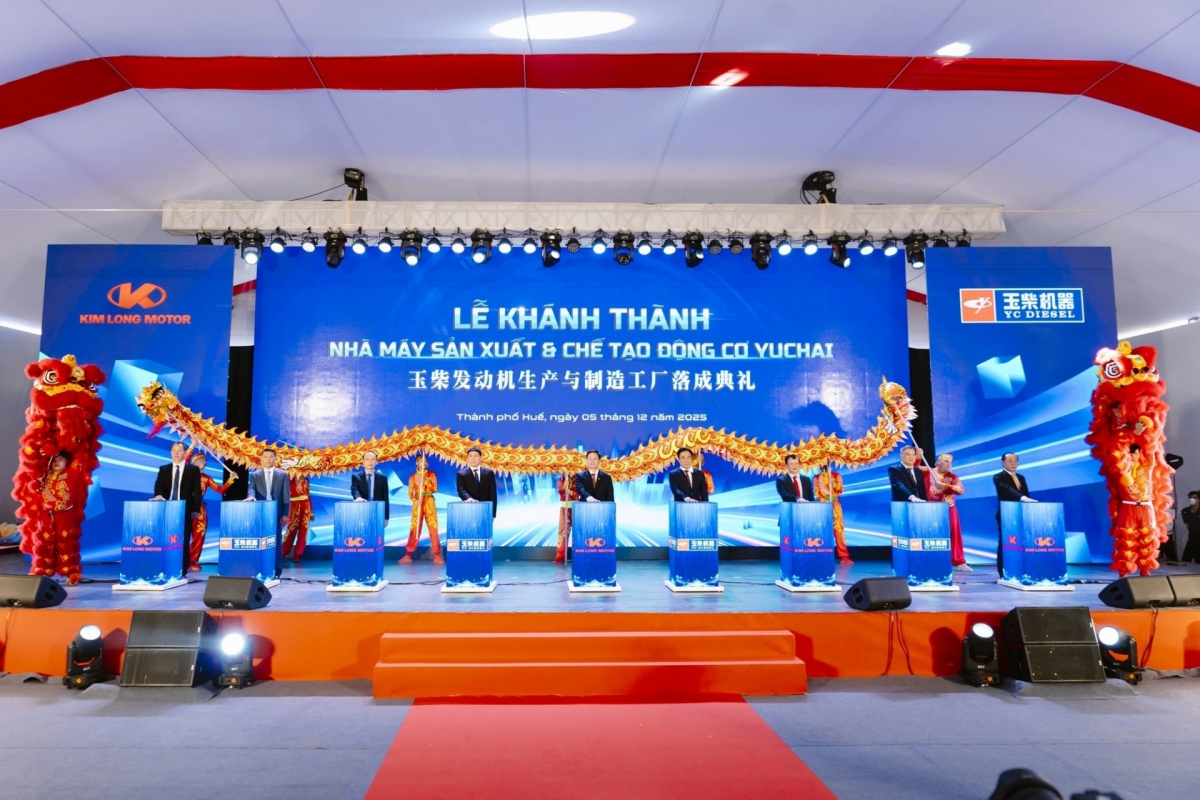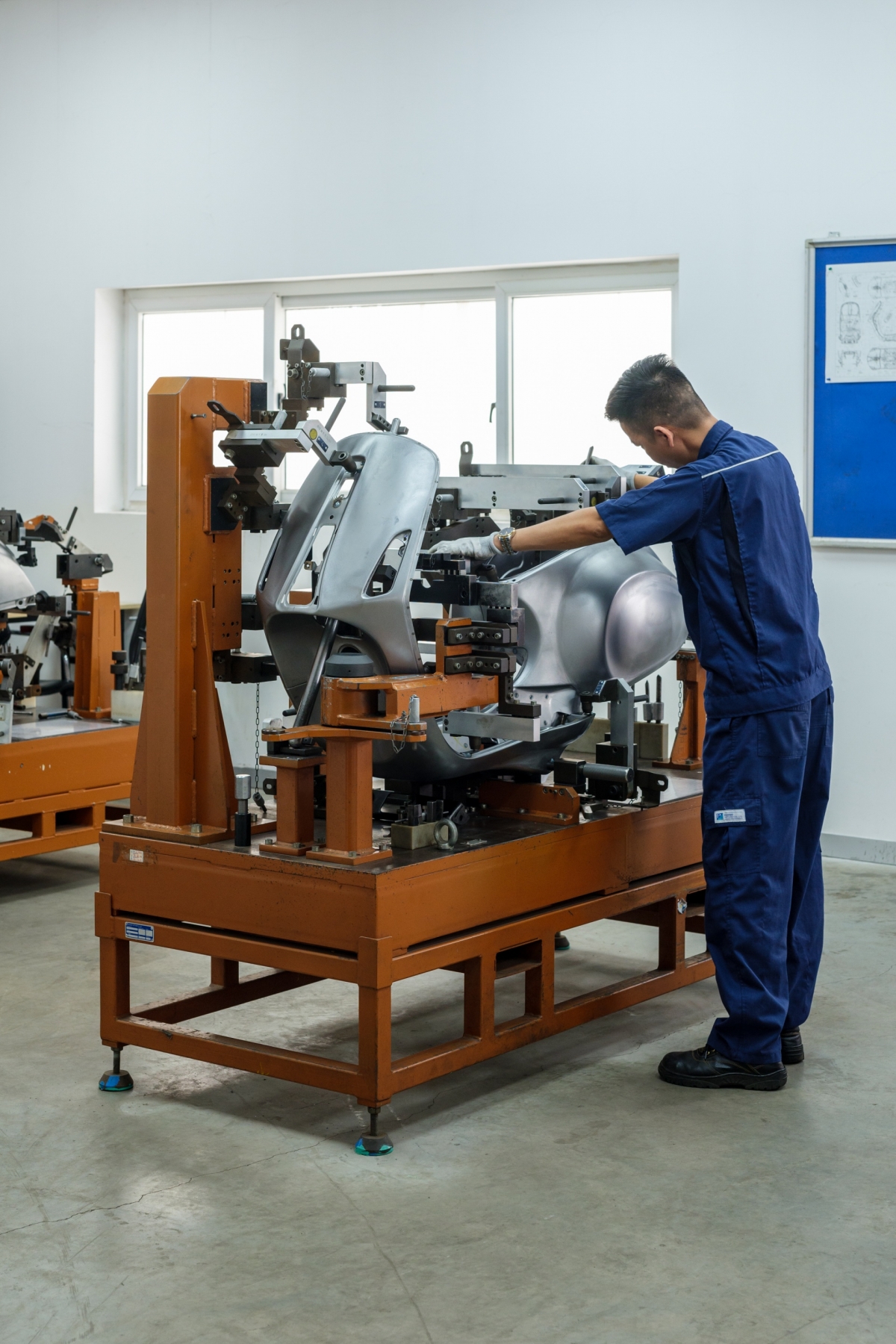INTERNATIONAL INVESTMENT
AND PORTAL
A number of localities have developed industrial zones (IZs) and industrial clusters, with these localities experiencing significant changes to become prestigious investment destinations.
Among them, Quang Ninh province has 16 IZs included in the master plan on development of IZs and the general planning on construction of economic zones (EZs), with a total area of nearly 13,000 hectares.
In particular, Quang Ninh has two coastal EZs, Van Don and Quang Yen. The first Van Don covers over 217,000ha, while Quang Yen covers 13,000ha.
These EZs lay important foundations for Quang Ninh to become a new force in the industrial real estate market.
Similarly, Hai Duong is home to 11 existing IZs, with six new IZs being deployed in 2021, eight future IZs in the pipeline, and 53 industrial clusters. The province boasts a large supply of industrial real estate to meet the needs of investment projects of various sizes. Notably, Hai Duong still has an abundant industrial land fund, which is planned to reach more than 20,000ha over this decade.
Another destination is Bac Giang province. The construction planning of nine IZs have been approved for the province. Among them, eight have been greenlit for investment with a total natural land area of about 1,790ha. Meanwhile, five others are in operation.
By 2030, this northern province aims to have 29 IZs and 65 industrial clusters. It is also planning and arranging a land fund of more than 10,000ha for industrial development.
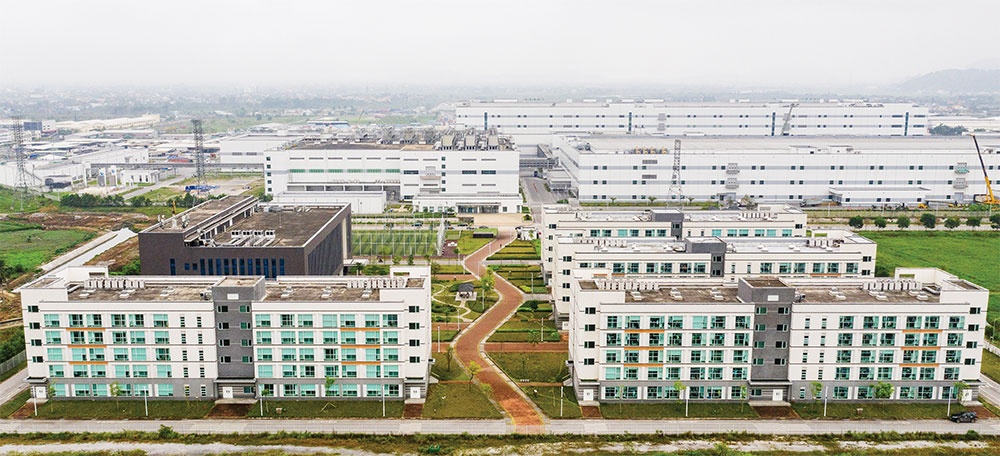 The newest investment destinations
The newest investment destinations
Comparative advantages
Besides plentiful new supply, these provinces have their own advantages in the eye of investors.
According to Chi Vu, industrial manager at Colliers International, Quang Ninh offers comparative advantages compared with other provinces in the northern region.
“First, the province boasts strategic location with gateways to the ocean and borders as well as large warehouses and logistics hubs. Second, the province has a complete infrastructure system with deepwater ports, airports, and highways. Third, the province still has more room for future development with competitive rental rate for preferential policies and a favourable investment climate,” Vu said.
To unlock Quang Ninh’s potential to attract big names, Vu suggested that it is necessary to promote cooperation between government agencies, businesses, and schools to improve the quantity and quality of local labour in terms of expertise and foreign languages to meet the requirements of investors.
Thomas Rooney, senior manager of Industrial Services at Savills Vietnam, agreed that Quang Ninh is in a very strategic area with significant development potential.
“Thus, it is easy to understand why more domestic and foreign businesses decide to invest in Quang Ninh. The northern market in general draws many investors from high-valued fields because industrial real estate rental costs are more affordable than in the southern region. The majority of these investments come from Singapore, Taiwan, South Korea, and Japan,” Rooney said.
He also pointed out that the skill level of the workforce is one of the limitations of the province. As a result, the province requires a system and plan to recruit more talented workers, high-quality human resources, and skilled workers to meet development needs.
More competitive
According to Trang Bui, country head at Cushman & Wakefield Vietnam, Hai Duong boasts great advantages such as a strategic location, modern and synchronous transport infrastructure, an abundant labour source, a favourable investment environment, and a safe living environment.
In particular, the province has an abundant industrial land fund at competitive prices. Along with a land fund of more than 20,000ha, its industrial land rent is currently low compared to other localities in the region.
“With the advantage of a strategic location, the northern region can be seen as an extension of the so-called global factory. Industrial demand is growing strongly. Domestic and foreign giants are constantly looking for and ready to pour billions of dollars into the northern industrial market,” said Bui.
In addition, Hai Duong has made great strides on the Provincial Competitiveness Index. In 2021, Hai Duong rose to number 13 in the national ranking, up 34 places compared to 2020, thanks to its attractive investment policy and high transparency. These indicators make Hai Duong gradually more attractive to investors.
Hai Duong, which is only about 50km from Hanoi, has great potential for economic development. The province is located in the Northern Key Economic Region, adjacent to the Northern Economic Belt. With a population second only to Hanoi and Haiphong, Hai Duong can ensure human resources for investment projects in operation.
Despite the impact of the pandemic, Hai Duong still posted a high economic growth rate in 2021, climbing to the eighth position in the country. These achievements are attributable to the province’s potential, the proper and creative policies, the investment environment, and its improving competitiveness.
Regarding the Bac Giang market, a JLL representative explained that Bac Giang was rarely mentioned in the past, but now there have been many changes. This province has been on the list of emerging industrial real estate markets, with competitive advantages such as convenient location and attractive rental rates.
“Bac Giang has an advantage in attracting investors in the field of electricity and e-commerce, and investors in other provinces are looking to expand their factories and considering the possibility of moving to Bac Giang,” the representative said.
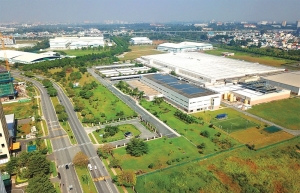 Industrial property expansion supported by long-term goals
Industrial property expansion supported by long-term goals
As the economy retains a strong growth rate in 2023, the expansion potential of the industrial real estate market will continue to pique the interest of investors.
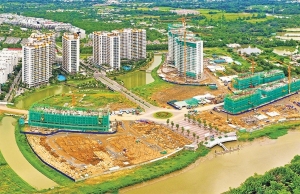 Cash burden alleviation now called for
Cash burden alleviation now called for
The domestic real estate market is starting to recover, but it would benefit from more governmental assistance, such as softer bank loans and credit.
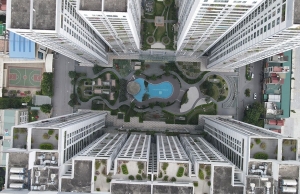 Pinpointing the bottom of the market
Pinpointing the bottom of the market
Like securities, the real estate market has experienced volatility, with cash flow remaining the greatest problem going into 2023.
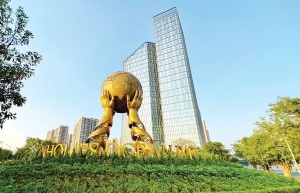 The chance for real estate investment trusts to shine
The chance for real estate investment trusts to shine
The real estate investment trust model could help satisfy diversified needs and promise to open up a flexible and effective capital mobilising channel amid tighter control of credit and corporate bond issues.
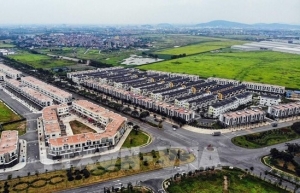 Room for industrial real estate development remains high due to short supply
Room for industrial real estate development remains high due to short supply
The industrial real estate sector has good prospects in 2023 due to short supply, a shift in the supply chain to Vietnam and its favourable investment policies, experts said.


